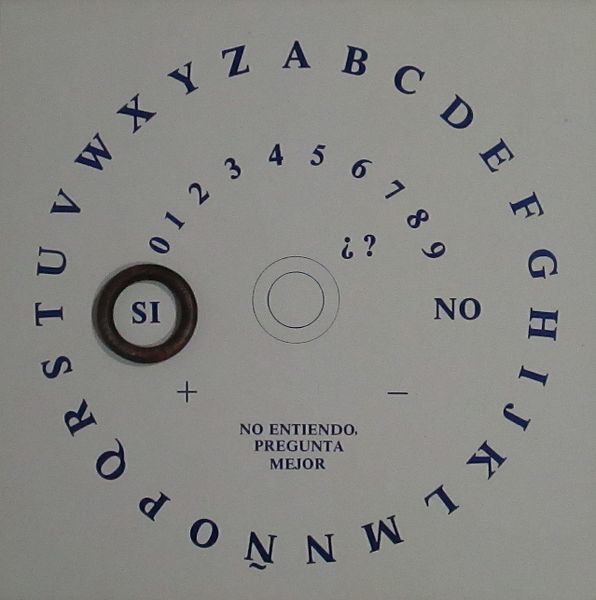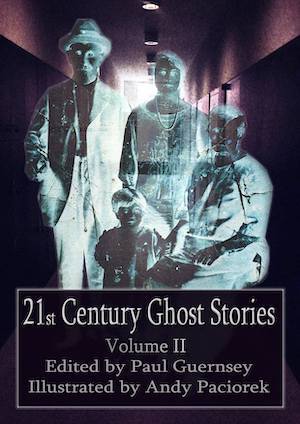How Do Ouija Boards Work?
Ouija has been studied in scientific laboratories, and scientists are in agreement with spiritualists that these “talking boards” can sometimes produce some uncanny results. Where researchers part company with the true believers is on the explanation. Rather than crediting spirits, the men and women in the white coats attribute the eerie messages, predictions, and other communications emanating from Ouija boards to the subconscious minds of the people who use them.
Specifically, scientists think that—at least in situations where nobody is intentionally moving the Ouija board planchette—a neurological phenomenon called the ideomotor effect, or ideomotor response, is responsible for all those eerie Ouija messages that make otherwise inexplicable sense. First identified in the mid-1800s, the ideomotor effect involves involuntary muscular reactions triggered by any of the unconscious parts of the brain. Examples would include people jumping when startled, talking in their sleep, spontaneously crying during a sad movie, or automatically extending their arms during a fall. According to the ideomotor Ouija board hypothesis, the subconscious mind or minds of one or more of the participants cause nearly imperceptible muscular movements that make the planchette slide about the board, answering questions and spelling out information.
Writer Linda Rodgriquez McRobbie provides further details in an October 27, 2013 Smithsonian.com article:
The effect is very convincing. As Dr. Chris French, professor of psychology and anomalistic psychology at Goldsmiths, University of London, explains, “It can generate a very strong impression that the movement is being caused by some outside agency, but it’s not.” Other devices, such as dowsing rods, or more recently, the fake bomb detection kits that deceived scores of international governments and armed services, work on the same principle of non-conscious movement. “The thing about all these mechanisms we’re talking about, dowsing rods, Oujia boards, pendulums, these small tables, they’re all devices whereby quite a small muscular movement can cause quite a large effect,” he says. Planchettes, in particular, are well-suited for their task—many used to be constructed of a lightweight wooden board and fitted with small casters to help them move more smoothly and freely; now, they’re usually plastic and have felt feet, which also help it slide over the board easily.
“And with Ouija boards you’ve got the whole social context. It’s usually a group of people, and everyone has a slight influence,” French notes. With Ouija, not only does the individual give up some conscious control to participate—so it can’t be me, people think—but also, in a group, no one person can take credit for the planchette’s movements, making it seem like the answers must be coming from an otherworldly source. Moreover, in most situations, there is an expectation or suggestion that the board is somehow mystical or magical. “Once the idea has been implanted there, there’s almost a readiness to happen.”
Believers in ghosts, demons, and other spirits might argue strongly against these conclusions. What is not in dispute, however, is that Ouija boards do produce significant and accurate messages, and that this information comes from somewhere. For instance, in a series of experiments conducted in 2011 at the University of British Columbia, scientists found that student volunteers who used Ouija boards to help them with the answers scored better on tests of general knowledge than they did when they had to nothing work with but a pen or a pencil.
Clearly, either spirits were helping the students get better scores, or their subconscious minds remembered a lot of things that their conscious minds had forgotten.


